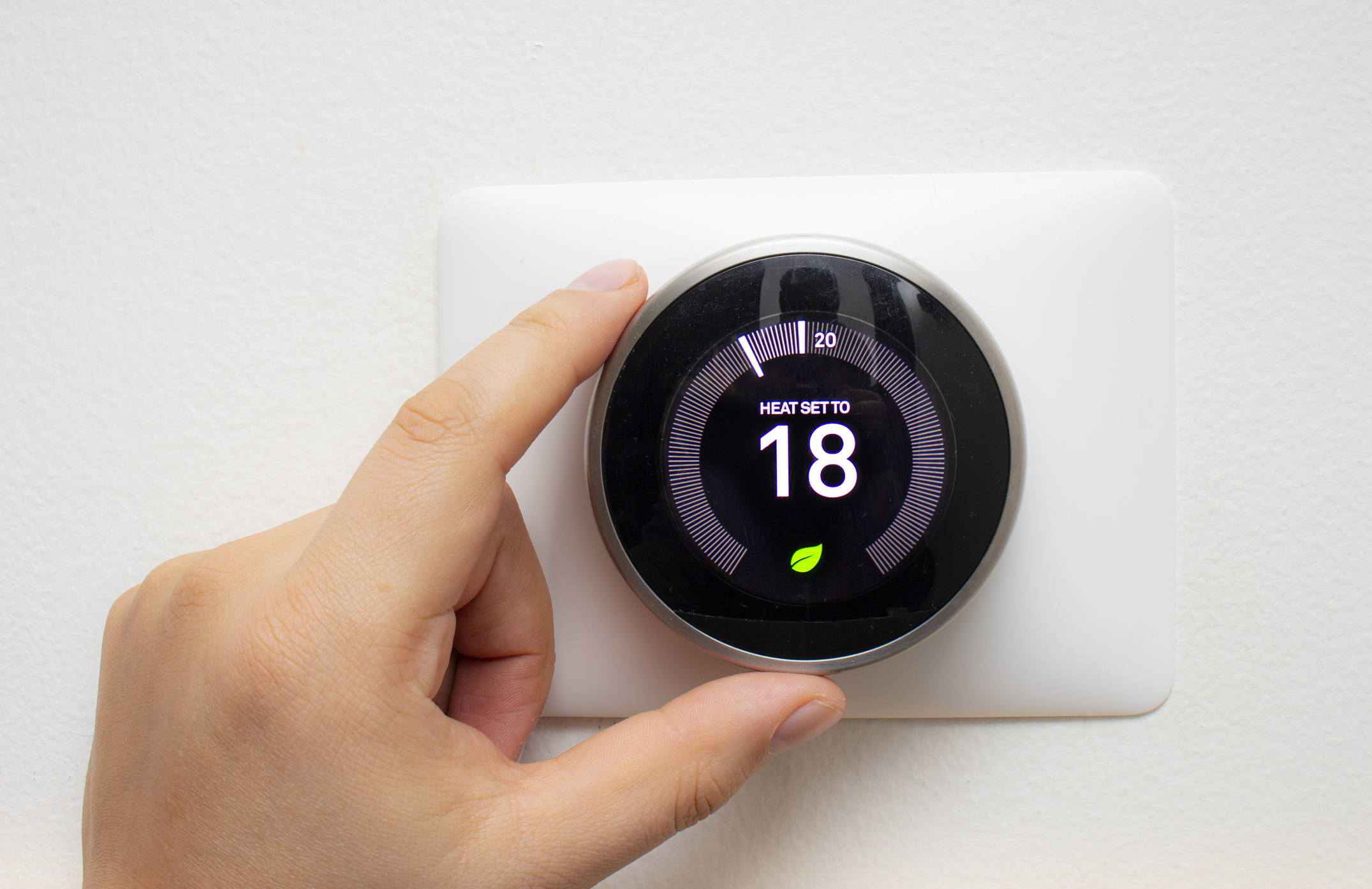Thermostats: Guide to Mastering Home Comfort

Introduction:
Thermostats
are the unsung heroes of home comfort, providing precise control over heating
and cooling systems to ensure a comfortable living environment. As technology
advances, thermostats have evolved from simple manual devices to sophisticated
smart systems. This comprehensive guide explores the different types of
thermostats, their features, benefits, installation processes, and tips for
choosing the right one for your home.
Types of Thermostats
Thermostats
can be broadly categorized into several types, each with its own features and
advantages:
Manual Thermostats:
Manual thermostats, also known as analog or mechanical thermostats, are the most basic type. They use a dial or slider to set the desired temperature. Simple to use, reliable, and inexpensive. Lack of programmability and advanced features, requiring manual adjustment for temperature changes.
Programmable Thermostats:
Programmable thermostats allow users to set different temperatures for various times of the day and days of the week. This helps optimize energy use by automatically adjusting temperatures based on a preset schedule. Energy-efficient, customizable schedules, reduces energy bills. Can be complex to program for some users, limited remote control capabilities.
Wi-Fi Thermostats:
Wi-Fi thermostats connect to the home’s wireless network, enabling remote control via smartphones, tablets, or computers. They often come with additional features such as weather forecasts and energy usage reports. Remote access, enhanced control, additional features, energy savings. Higher upfront cost, requires a stable Wi-Fi connection.
Smart Thermostats:
Smart thermostats are the most advanced type, featuring learning algorithms, geofencing, voice control, and integration with other smart home devices. They learn the homeowner’s schedule and preferences to automatically adjust temperatures for optimal comfort and efficiency. Self-learning, high energy savings, convenience, integration with smart home systems, remote access. Expensive, potential privacy concerns, requires Wi-Fi.

Features and Benefits of Thermostats
Modern
thermostats come with a variety of features designed to enhance comfort,
convenience, and energy efficiency. Some of the key features and benefits
include:
Programmability: Allows users to set schedules for different times of the day and days of the week. Reduces energy consumption by automatically adjusting temperatures based on occupancy and daily routines.
Remote Access: Enables control of the thermostat from anywhere using a smartphone or other internet-connected devices. Provides convenience and flexibility, allowing users to adjust settings while away from home.
Learning Capabilities: Smart thermostats can learn the household’s schedule and preferences over time. Optimizes temperature settings for comfort and efficiency without manual intervention.
Geofencing: Uses the homeowner’s smartphone location to adjust the thermostat when they leave or return home. Ensures the home is comfortable upon arrival while saving energy when the house is empty.
Energy Usage Reports: Provides detailed reports on energy consumption and savings. Helps users understand their energy usage patterns and identify opportunities for further savings.
Voice Control: Compatible with voice assistants like Amazon Alexa, Google Assistant, and Apple HomeKit. Allows for hands-free control of the thermostat using voice commands.
Integration with Smart Home Systems: Works seamlessly with other smart home devices such as lights, security systems, and sensors. Creates a cohesive smart home ecosystem, enhancing overall convenience and automation.
Zoning Capabilities: Allows different areas or zones of the home to be heated or cooled independently. Increases comfort and efficiency by targeting specific areas rather than the entire home.
Choosing the Right Thermostat
Selecting
the right thermostat for your home involves considering various factors to
ensure it meets your needs and preferences. Here are some key considerations:
Compatibility: Ensure the thermostat is compatible with your heating and cooling system. Check if it supports systems like central heating, heat pumps, or multi-stage units.
Ease of Use: Consider the user interface and ease of programming. A user-friendly design with intuitive controls can make a significant difference in your experience.
Features: Determine which features are most important to you, such as remote access, programmability, learning capabilities, or smart home integration.
Energy Efficiency: Look for thermostats with energy-saving features like adaptive learning, geofencing, and detailed energy usage reports.
Budget: Thermostat prices can vary widely. Set a budget and find a model that offers the best combination of features and affordability.
Brand and Reviews: Research reputable brands and read customer reviews to gauge the reliability and performance of different models.
Installation: Consider whether you can install the thermostat yourself or if you need professional assistance. Some advanced models may require more complex installation.
The Future of Thermostats
The
future of thermostats looks promising with ongoing advancements in technology
and increasing demand for smart home solutions. Here are some trends and
developments to watch for:
Artificial Intelligence (AI): AI-powered thermostats will continue to improve, offering even more precise control and predictive capabilities to enhance comfort and efficiency.
Enhanced Integration: Future thermostats will integrate more seamlessly with other smart home devices, creating a more interconnected and automated home environment.
Sustainability: Eco-friendly thermostats with features like real-time energy monitoring and solar power integration will become more prevalent, promoting sustainability.
Voice and Gesture Control: Advancements in voice recognition and gesture control technology will make interacting with thermostats even more convenient and intuitive.
Personalization: Thermostats will offer greater personalization, allowing users to customize settings based on individual preferences and routines.
Improved Accessibility: Efforts will be made to make thermostats more accessible to people with disabilities, incorporating features like voice feedback and tactile controls.
Conclusion:
Thermostats
are essential devices that play a crucial role in maintaining home comfort and
energy efficiency. From manual and programmable thermostats to advanced smart
models, there is a wide range of options to suit different needs and
preferences. By understanding the features, benefits, and installation
processes, homeowners can make informed decisions and choose the right
thermostat to enhance their living environment.









